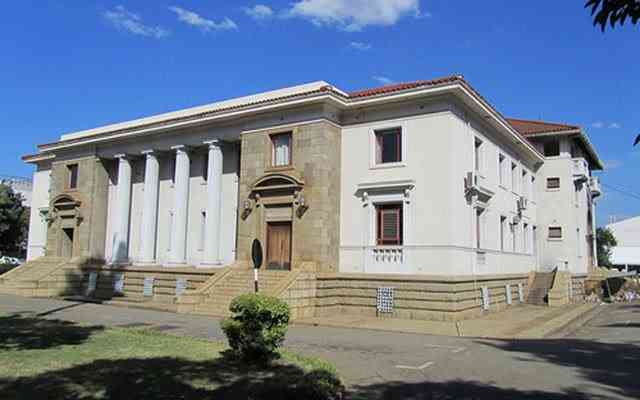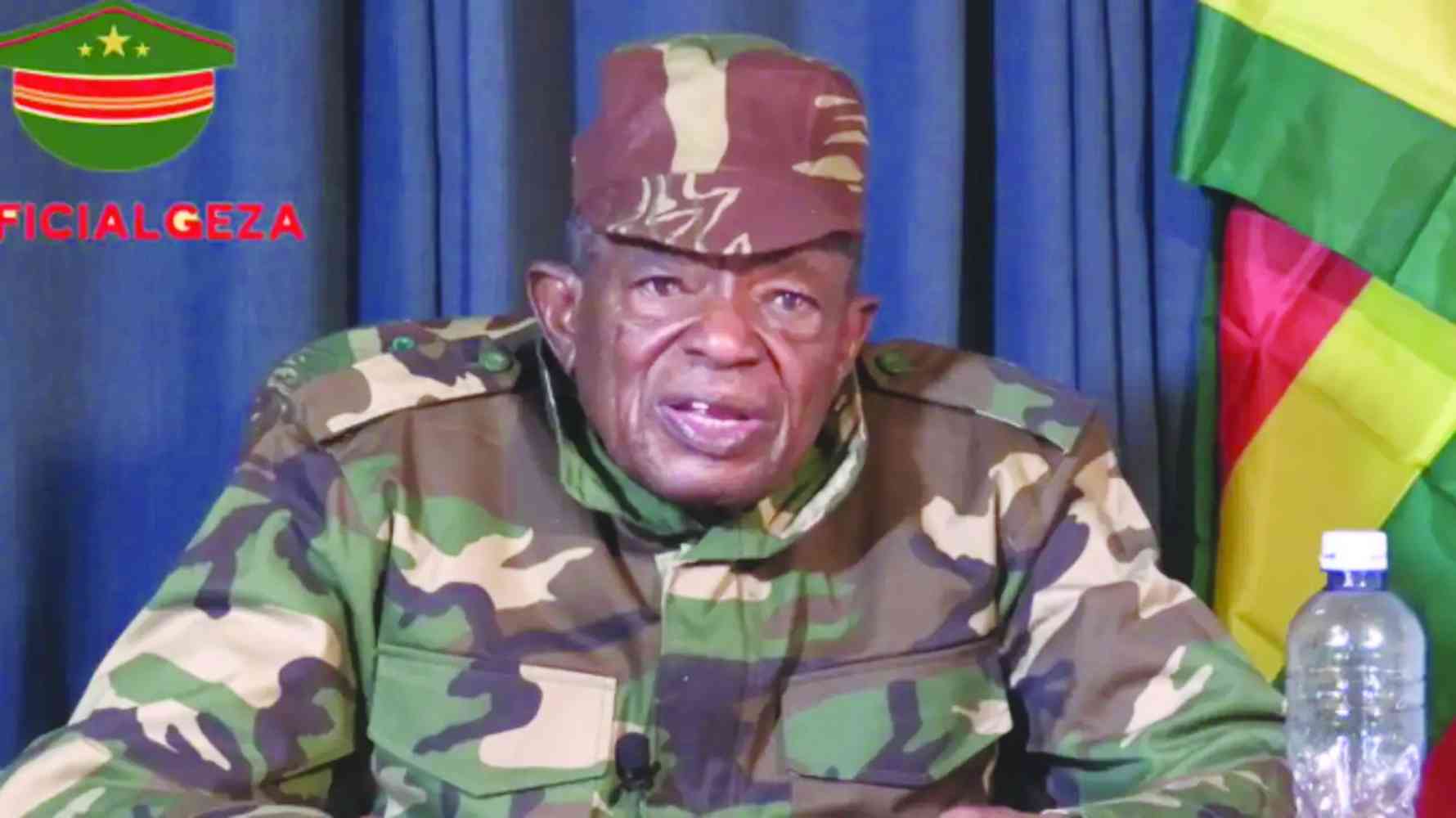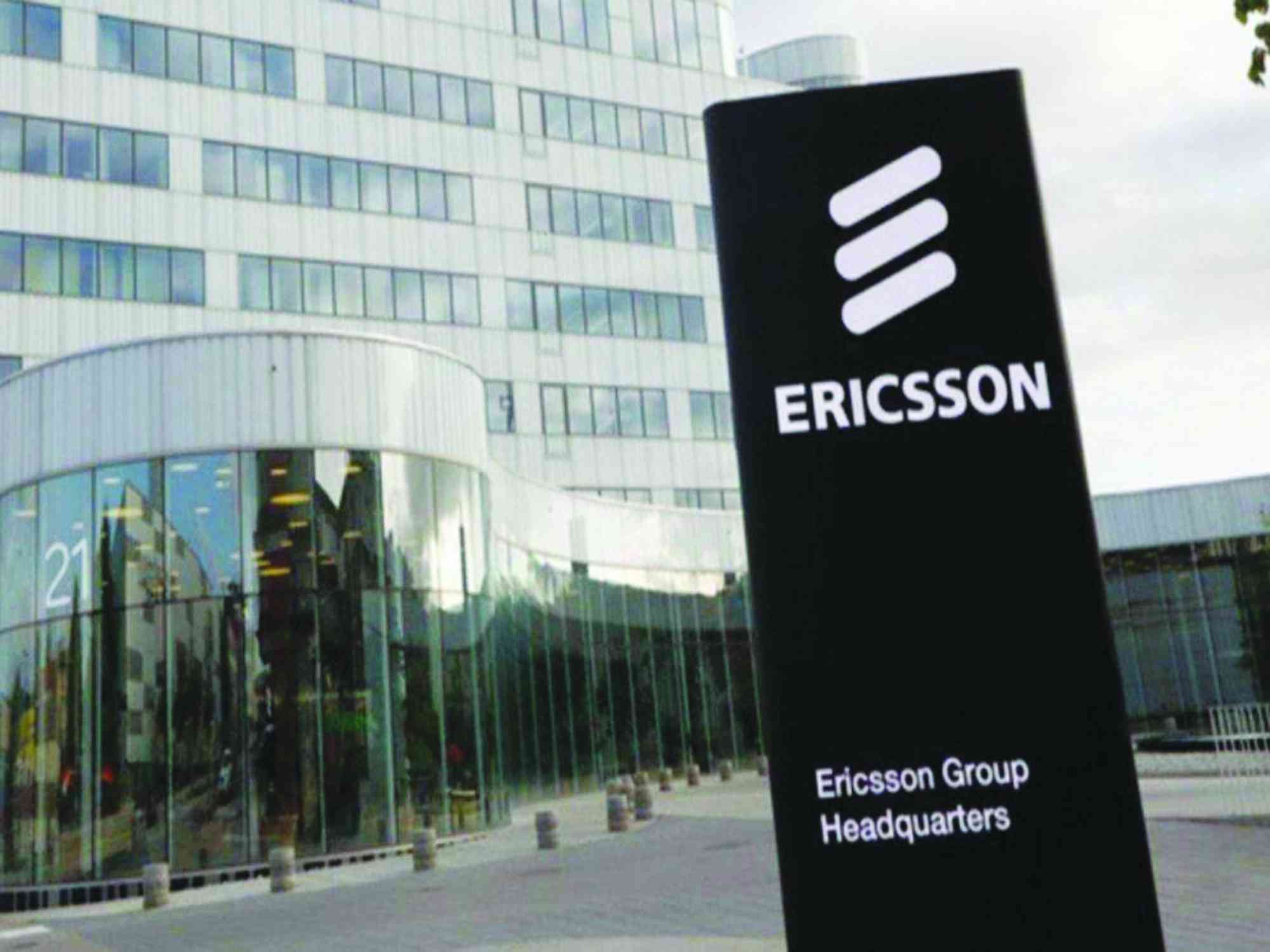THE largest development bank universally, is the World Bank. It was formed alongside the International Monetary Fund (IMF) in 1944 at the Bretton Woods conference in New Hampshire, United States of America.
At the outset, these two organisations were established to assist Europe in its reconstruction and to meet the need for managing national currencies in the region, as a result of the desolation of World War 2.
The World Bank was established to provide loans and grants to support the reconstruction, whilst the IMF had the prerogative of monitoring currency stability in the West.
Nevertheless, there was a change of route when the U.S took the responsibility of financing the reconstruction directly, through their foreign-affairs strategy termed: "The Marshall Plan" and also the "Bretton Woods Monetary System" on which the IMF was founded, was suspended in 1971.
The roles of both institutions then adapted to their new realities and the World Bank became of more relevance to developing economies, whilst the IMF took on the task to monitor the global economy, manage economic data, issue loans to countries in balance-of-payments distress and act as a watcher, to report possible global economic catastrophes and avert them.
A group of 187 countries make up the membership of the bank, whilst 190 countries make up the membership and ownership of the IMF. Contributions by member countries are assigned towards the two institutions' assets, along with money raised from other sources such as financial markets and earnings from investments.
Keep Reading
- Village Rhapsody: How Zimbabwe can improve governance
- Village Rhapsody: Engage men to end gender-based violence
- Village Rhapsody: How Zimbabwe can improve governance
- Zim maize output to drops by 43%
Wealthy nations make up the largest shareholders of these organisations and are therefore responsible for appointing their management.
A notable advantage of working with these institutions is that they may provide credit at zero interest for the poorest countries and at better rates than commercial institutions, in the case of an interest charge being present.
However, before loans can be issued, it is the standard practice of both the World Bank and IMF to review the management of a country's economy and provide their own preferred policies, which should be followed, as a requirement.
At first instance, both institutions are driven by the goal to eradicate world poverty and maintain global economic growth. Nevertheless, they have earned fierce criticism from some analysts, who state that the same organisations are largely doing the opposite of what they claim, in practice.
Therefore, it is important to weigh the goals of these institutions, as stated earlier, against what their actual outcomes have been. It is also vital to look at available alternatives.
Firstly, there is a major problem in that the countries, which hold the greatest voting power and direct the management of these institutions, are developed countries, which have no significant use for the funds provided by these organisations.
Since voting is assigned according to financial contributions, called quotas, naturally, wealthy countries will have more funds, whilst least developed countries will be limited in their capacity.
This means that poorer economies have to accommodate policies made by a management system, which is exotic to their culture, needs, and location. Thus, there will be a disconnect between the strategies of these institutions and their clientele, who are the developing countries.
Secondly, before a country can acquire World Bank and IMF loans, it is imperative for it to agree with proposed reforms from these institutions.
These conditions seem good, in theory but practically, developing countries have endured a worsening of their economic status, after accepting those terms.
The conditions may include, floating of currency, austerity, privatisation, rate liberalisation, etc. Liberalisation of trade, for instance, may collapse local manufacturers.
Privatisation and austerity, on the other hand, may reduce government revenue and employment, respectively. Governments in developing countries have to fully recognise these trade-offs, before they choose any such lending facilities, including the HIPC debt-forgiveness programme.
Zambia offers a great example. Since independence, in 1964, the country earned much of its foreign exchange from copper exports. In the 1970s, the price of imported petroleum products increased whilst copper prices plummeted.
Interest rates against which the country had borrowed, from Western banks, also began to rise. This made loan repayment difficult. Resultantly, the nation approached the IMF for assistance in 1983 and secured debt, which came with structural adjustment conditions.
The adjustments caused the economy to contract. Privatisation of copper mines led to loss of government revenues. A reduction of spending in public services resulted in deaths due to poor public healthcare.
Civil servants were earning less than a living-wage. The opening up of trade also led to an influx of second-hand clothes from abroad and the local textile industry collapsed.
As a result, the country became more dependent on copper. Payment of the national debt was out of reach and the country once again approached the IMF for debt relief, under the Highly Indebted Poor Country (HIPC) framework.
The framework would result in debt forgiveness but as an IMF programme, more structural reforms were proposed. In April, 2005, the HIPC debt relief was then granted and US$4 billion in debt was cancelled.
Nevertheless, Zambia accumulated US$17,2 billion debt once more by 2022. A further debt package of US$1,3 billion was granted by the IMF, with more reforms proposed.
If the reform programmes were effective, then Zambia would have been set on a growth trajectory since 1983 but the facts on hand show a different situation.
Since the debt comes with conditions of submission, does a debt cycle then imply a new form of colonialism? Some would argue that it does and in order to create autonomy of governments in developing countries, the IMF will need to be either reformed or have its lending relationship with developing nations dissolved.
Other beneficial parts of the relationship, such as, data dissemination and monetary cooperation may still be upheld. Other African nations, which have had trouble with such structural reform programmes, include Nigeria, Ghana and Zimbabwe, with its infamous reform programme termed 'Esap'.
Under the IMF, governments lose the space to create policy responses to declining GDP since they are restricted in what they can or cannot do by the conditions set out before accessing the credit.
One may argue that there is no value in reducing government expenditure through austerity programmes, whilst the economy is under the burden of external debt and failing to grow. The economy will inevitably shrink further.
Reducing expenditure on services, such as healthcare and education, also leads to reduced welfare. Can higher infant mortality be traded for an IMF loan, which requires reduced spending in health?
How about trading the literacy rate and education of the poor for the same? Such questions are at the apex of evaluating whether the IMF needs to create a more relatable lending framework, which is humane and results in achieving the original goals of the country requesting funds.
Since capital or credit typically flows from the Global North towards the Global South, IMF lending serves to bail-out Western banks, which may have been recklessly issuing debt to developing nations without fair risk-management practices.
The banks are rewarded for failure to perform whilst the developing countries are restricted for the same by the conditionalities of the IMF loans.
It is also vital to look at alternatives available to developing nations, with a focus on Sub-Saharan Africa.
The region may have options, such as the African Monetary Fund, African Development Bank and the New Development Bank. The African Monetary Fund may serve as an option for the future, as it is yet to be established outside of the concept phase.
If it materialises, it will be special in that it will constitute the membership of 55 African states, who will be able to exclusively vote to direct the management of this institution, without the involvement of countries, which are not on the continent.
Unlike the envisaged African Monetary Fund, the African Development Bank (AfDB), has notable influences from countries such as the UK, Japan and USA, amongst others, who have a membership stake in part of the 40% voting rights as non-regional members and donors of the institution.
The other 60% shareholding and voting power is what belongs to African member countries of the bank.
Thus, the non-regional member countries can influence the election of the bank's executives and consequently, the direction of its policies.
It is, however, better that the bank is a regional one, thus its operations are closer to solving economic challenges faced by member countries compared to multilateral institutions, such as, the IMF and World Bank.
The organisation also targets to support projects, which uphold regional integration. However, due to limitations of the bank's funds, owing to the capacity of members, it has modest assets, which may not be enough to drive overall growth for the continent.
Due to the need to establish an organisation, which compliments the IMF, provides an alternative in the development space and one with substantive size in terms of membership and value of assets, the BRICS bloc created the New Development Bank (NDB).
This development institution is headquartered in Shanghai and was launched by the collective of, Brazil, Russia, India, China and South Africa, in 2014, and began operations in 2016.
Its assets are comprised of equity from the BRICS member states and capital raised from financial markets such as the China bond market. Initially, loans were issued to member states of BRICS but there is an evolution towards granting credit to participants, who are members of the bank but not part of the BRICS bloc.
For example, United Arab Emirates (UAE) is a part of the bank's membership and also Uruguay, although these nations are not yet in BRICS.
There is also the ongoing assignment of non-sovereign loans to private sector participants. The advantage that lies for nations in Sub-Saharan Africa is mainly that credit is not issued whilst bundled with conditions of unsustainable structural adjustment programmes. So African governments can borrow from NDB and use the funds with considerable policy space for the ultimate growth of their economies.
The political leanings of the major shareholders in NDB also provide a guarantee that loans will be given without political manipulation, as the founding-members of the bank largely have an approach of non-interference in the politics of other countries.
The shareholders of the NDB respect the sovereignty of other countries and do not use debt as a negotiating tool to achieve certain political outcomes.
Additionally, the bank has considerable asset value, with initial subscribed capital and initial authorised capital at US$50 billion and US$100 billion, respectively.
This may provide a better option for development needs, when juxtaposed against both the World bank and IMF.
Any nation, which is a member of the United Nations is permitted to be a member of the NDB and new membership will in fact boost the bank's business growth.
- Tutani is a political economy analyst. — tutanikevin@gmail.com





